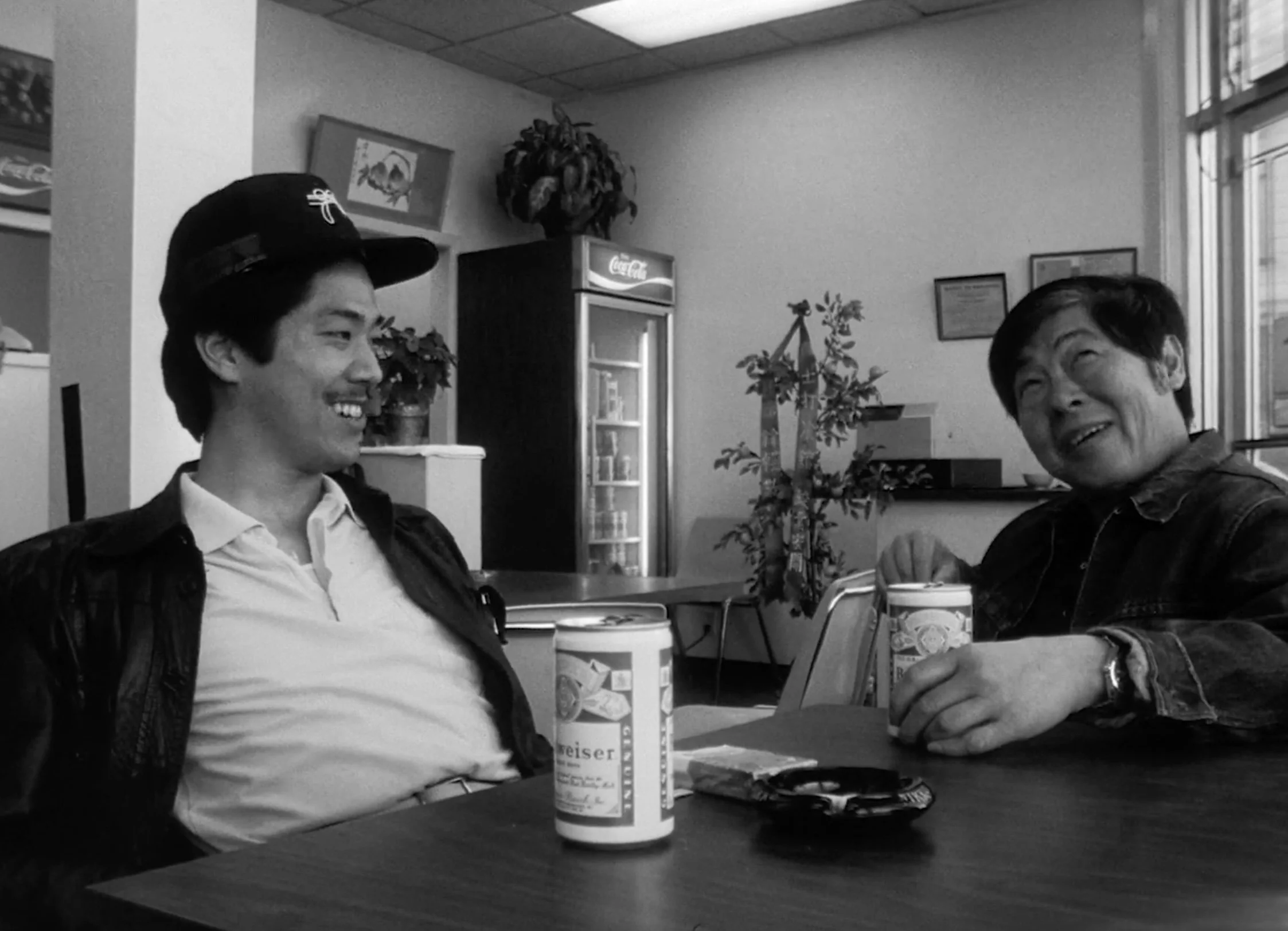Resources
Identifying Common Film Formats
(Source: Academy Museum of Motion Pictures)
Note: All small-gauge film stocks are safe without any flammable nitrate.
16mm
-
Look for soundtrack stripe opposite the perforations (optical - variable area of variable density) or on base side (brown, magnetic)
-
1 perforation per frame
-
Most common format for educational films, amateur, and student films from 1923 to the present
-
May be color or black-and-white; positive print, reversal-positive original, or negative; sound or silent
Regular 8mm
-
Undeveloped 8mm film may be found on cartridges that look twice as wide as they need to be for such narrow film. A 25-feet roll of 16mm film was exposed down on both sides, slit during processing, and spliced end to end to make a 50-feet roll of 8mm film.
-
1 perforation per frame (perforations are the same size as 16mm film, oriented the same way as the image)
-
Introduced in 1932, produced until the 1990s
-
May be color or black-and-white; typically reversal and silent
Super-8
-
Look for magnetic soundtrack stripes (dull brown) on the base side of the film
-
1 perforation per frame (smaller perforations than 8mm and 16mm, running perpendicular to the image)
-
Introduced in 1965, still produced in several different formulations
-
Mostly color, but may also be black-and-white; usually reversal; may be silent or have sound
Comparative Diagram of Film Stocks
https://www.digidat.be/pmain/super8-8mm-film-digitization-belgium-en.htm



